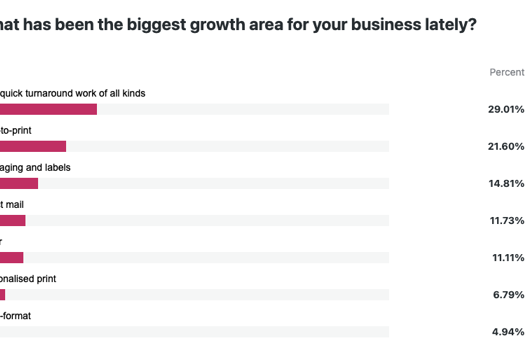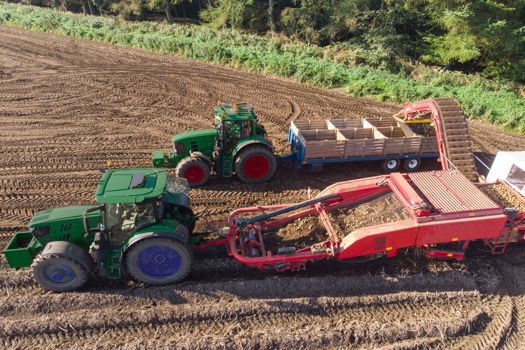Forecast a relatively strong 3.6% growth to $618bn (£502bn) worldwide by 2029, the segment stands in contrast to static demand in traditional graphics segments and a decline in publication work, according to The Future of Package Printing to 2029.
“There is genuine growth forecast,” explained John Nelson, editor at Smithers.
“This is mostly concentrated in developing regions, especially Asia, rather than Western Europe, North America, or Japan.”
“Ultimately, demand is consumer-led, with the consumption pattern of more households across the world using packaging,” added Sean Smyth, consultant in Smithers’ information division and industry veteran.
“Burgeoning middle classes in SE Asia, Latin America and Africa are fuelling demand as suply chains further develop in those regions.”
In more developed print markets like the UK’s, technological advancements in digital print are providing some of the strongest opportunities for printers, he added.
“There are areas where digital technology is directly competing with flexo and digital is gaining share, in labels, cartons, flexible packaging and corrugated.
“Currently the two processes are largely complementary, digital machines handling shorter runs releasing flexo to handle longer runs. As digital continues to improve in reliability and productivity it becomes more competitive, and the inherent digital benefits of variable data and artwork being easily changed provide benefits for brands that could not be accomplished using flexo or any other analogue print process.”
Flexo print remains by far the largest segment globally, by both volume and value, with offset ranking second. Nelson added that a definite shift towards digital print was noticeable, albeit a gradual one.
He said: “Flexo remains much cheaper for longer runs, and remains the most widely used process accounting for 52.6% of contemporary packaging and label volumes.
“Simultaneously many flexo press OEMs are developing hybrid configuration machines and increasing automation to counter the threat of inkjet.”
Printroom automation will only become increasingly important for the packaging sector, according to Nelson, who said a premium will be placed on advanced workflow software able to handle complex operations.
“Although only a nascent trend in 2025, AI has potential to be a valuable tool in packaging design speeding time to market,” he added.








